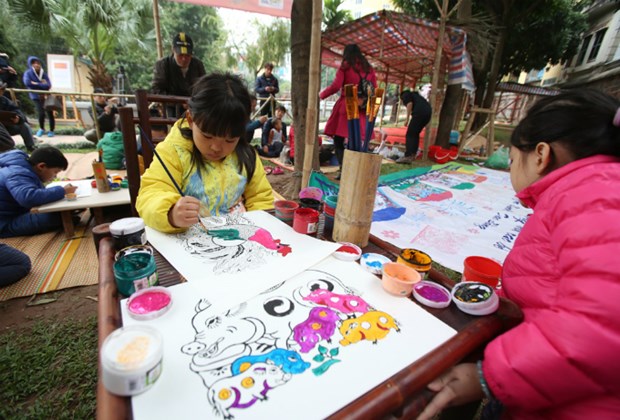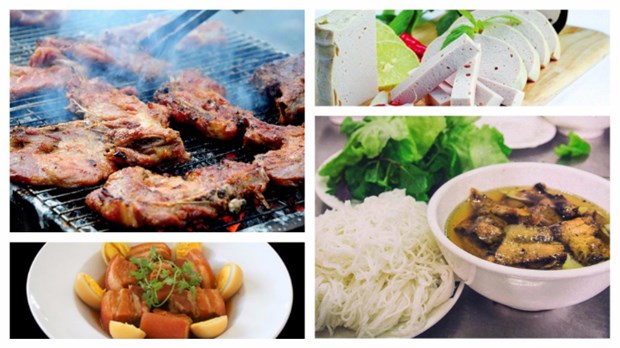The
Vietnamese lexicon recognizes pork as the standard meat. In the mind of a
native speaker, the word “meat” simply means the flesh of a pig.
Traditionally,
Vietnamese people did not raise cows for meat or dairy products. Researchers
have pointed out that unlike many Western countries, Vietnam did not have the
rich meadows conducive for large cattle farming. Its dominant rice farming also
needed the labor of cows and buffaloes more than their meat.
Swine,
on the other hand, require less space and as omnivores are much easier to
please in terms of diet.
For
generations, Vietnamese families have kept herds of pigs – and sometimes flocks
of chickens and ducks – in their backyards as the original moveable assets. At
the end of last year, more than half of the country's 30 million pigs were
raised on such smallholdings, but that could soon change with factory farming
(and all its pros and cons) gradually starting to take over.
This
strong attachment to pigs is well documented in folklore and centuries-old
artworks. Nursery rhymes tell of women bringing their piglets to market; poetry
is filled with odes to pigs as symbols of wealth and happiness; and paintings
of a sow and her piglets are connected to fertility and the yin-yang
philosophy.

Children recreate famous Dong Ho paintings at a festival, including the clasic with a family of ying-yang pigs. Photo by VnExpress/Ngoc Thanh
This
ancient relationship with hogs also means the Vietnamese have developed a taste
for everything porcine.
Around
the world, the humble egg is widely believed to be the most versatile
ingredient in everyday cooking. In Vietnam, it’s safe to say that title belongs
to pork. Sixty-five percent of all meat consumed in Vietnam is pork. It’s both
a daily dish and holiday feast, prepared and enjoyed across the country in all
forms imaginable (grilled, braised, boiled or fried) and unimaginable (mock dog
meat and sweet dessert).
Hanoi’s
iconic bun cha is minced pork grilled over charcoal. A classic Hue dish must
include nem and cha, the cured and ham-like versions of pork. In Saigon, pork
chops are the star over the city's favorite broken rice, which also
incorporates fatty pig skin.
But
pork is also the turkey, the prime rib, the foie gras of Vietnamese cuisine – a
holiday mainstay that is so embedded in the culture it can’t be replaced.
Weddings,
business openings and pilgrimages are not complete without a whole roast pig,
which comes with delicious crispy skin that can sometimes overshadow the juicy
meat inside.
Thit
kho trung, or pork and eggs braised in coconut, is the star of a traditional
Lunar New Year dinner in the south, while in the north thit dong is an
intricate jellied pork dish that fans of hog's head can't get enough of.

Clockwise from top right: Four classic Vietnamese dishes cha lua, bun cha, braised pork and pork chop. Photos by VnExpress
With
pork becoming cheaper and family budgets rising, festive dishes are turning
into everyday staples, which is both a curse and a blessing for porcine
supremacy.
The
average Vietnamese palate is not known for being adventurous, so it tends to
stick with what it knows and loves. But at the same time, years of consuming so
much pork, as if to compensate for the hard times when it was a rare luxury,
have slowly eaten away at the Vietnamese love for pork, and many home cooks now
have the money to choose other proteins.
The
recent oversupply crisis is forcing the country to reassess its obsession with
pork. Some say poultry or beef may be at the center of a culinary revolution
over the next decades.
But
that’s the future. For now, all hail the hog.
By Minh Nga/
VnExpress